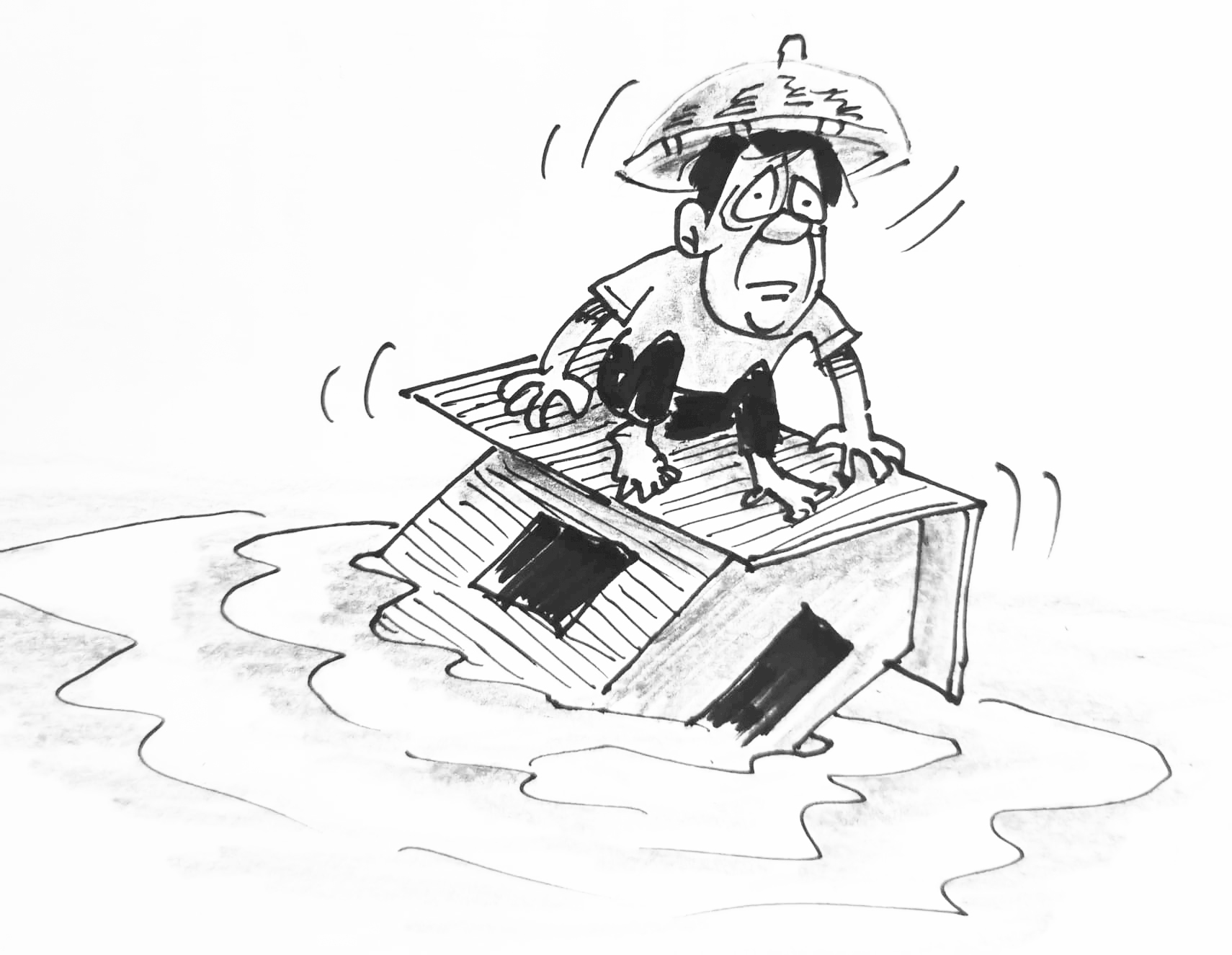Weather experts have predicted that before the month of November ends, there will be two more typhoons that will enter the Philippine area of responsibility. We just hope and pray that these storms will not hit our islands otherwise they will again cause damage to lives and properties.
Gone are the days when our people were just affected by solid winds every time there were typhoons. What they would experience for damages were mostly plucked-off roofs and uprooted fruit trees. At least, destructions caused by winds were easier to repair.
Nowadays, however, the onslaught of typhoons could also mean severe flooding, mudslides, storm surge, and many other catastrophic effects.
If we will notice that each of these rather new consequences accompanying typhoons is caused by man’s doings. For instance, the mudslides in many areas when storms come are obviously caused by the lack or absence of huge trees that used to occupy those areas but are now gone due to the rampant cutting of those trees. Without their big roots firmly holding the soil, the latter easily move when soaked in rainwater.
Flooding also results from not having big trees in flood-prone areas. Those trees naturally siphon plenty of water into their systems. Without those trees to do that, water quickly rises in low-lying areas, causing floods when the rains come. Strom surges, moreover, run deep inland since seawater levels had already gone high due to global warming, which in turn was caused by impaired environments.
It’s no wonder why typhoons now have become rather scary, though we have been accustomed to their visits since time immemorial. They had gone from being natural calamities to unnatural phenomena that bring with them devastating effects.




